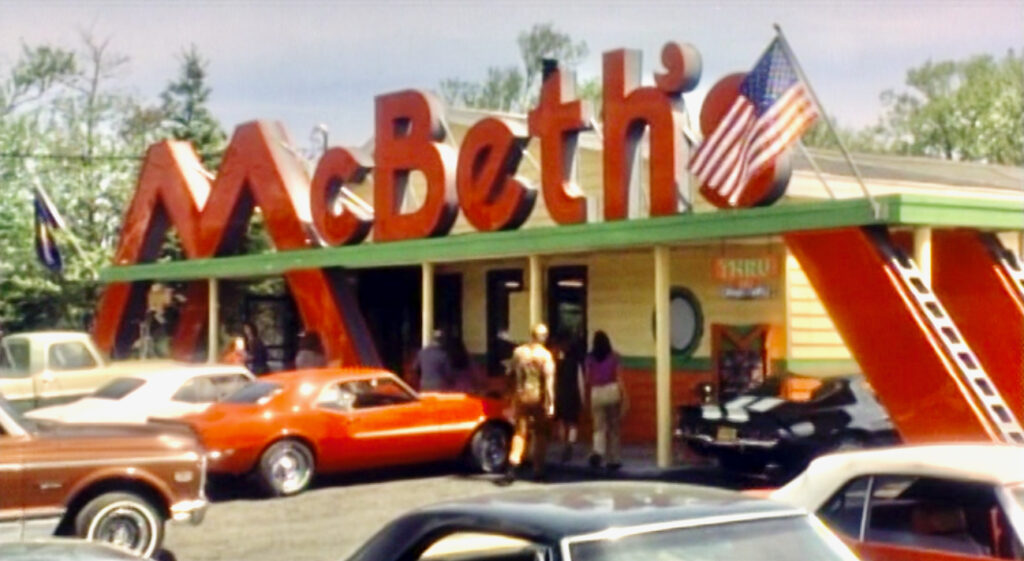Visualizing the Unspoken
Key Elements
Is a picture worth a thousand words? Sometimes.
Film as an artistic medium communicates with its audiences primarily through visual elements. With camerawork, framing, and different types of shots, films visualize the non-visual elements such as emotions, subtle plot twists, and unspoken assumptions.
Novels dedicated pages to reveal the innermost thoughts of their characters. Films often show, rather than narrate, characters’ thoughts and sudden realization. Filmmakers use mise-en-scène and cinematography to visualize the non-verbal elements of narratives.
Beyond the obvious fact that film is a visual medium, there are many other reasons for films to visualize, rather than verbalize, non-visual elements such as emotions, moods, and abstract concepts. In many instances, a story becomes more compelling when film audiences discovers, along with characters on screen, a surprising twist in the plot.
Examples
For instance, a quick series of cross-cuts between an event unfolding and reaction shots of a characters’ facial expression can indicate their sudden realization of hidden truths. Without saying a single word, the characters show, in front of the camera, that they have now reached a new conclusion or decision.
Here is a short video outlining how five brilliant films visualize the non-visual elements, including a scene without dialogue from Ang Lee’s 2000 wuxia film Crouching Tiger Hidden Dragon. In the scene, the warrior Shu Lien (Michelle Yeoh) comes to the realization that Jen (Ziyi Zhang) is a gifted martial artist (in disguise) by simply observing her handling of a calligraphic pen (brush).
Steven Spielberg’s 2021 West Side Story (an adaptation of the 1957 musical that was inspired by Romeo and Juliet) uses similar cinematic techniques to depict how Tony (Ansel Elgort) and Maria (Rachel Zegler) discover each other and become infatuated with each other during a ball. The scene is bustling with dynamic characters wearing colorful clothes on the dance floor. Simultaneously, it is also an intimate scene between only two characters. The sense of intimacy is established primarily with their mutual gaze at each other.
Tony and Maria are situated on opposite ends of the large ballroom. When Maria notices Tony, she stops dancing. They begin looking at each other with curiosity across the room as they walk in parallel to each other. Separating them is an ocean of passionate dancers. The two figures remain in focus as the camera moves laterally across the room, while the dancers are out of focus, which suggests that Tony and Maria are engulfed by their curiosity and passion in this moment even though they are physically distant from each other.
Most significantly, the blinding spotlights both highlight and obscure each of them as they walk. This scene of love at first sight visualizes, without narrating, the film’s theme of forbidden love between Maria and Tony who belong to opposing social groups speaking Spanish and English (Puerto Rican Americans and working-class white community respectively). The blocking and mise-en-scène also hint at the idea that the love-struck couple are as “blinded” by the spotlights as they are by passion.
Here is another example. Billy Morrissette’s adaptation of Macbeth, Scotland, PA (2001), visualizes and contrasts the failure of Duncan’s antiquated fast-food restaurant and the success of Mac and Pat’s modernized, drive-through burger joint. Set in the 1975 U.S., the black comedy shows, rather than narrates, the dimly-lit Duncan’s in contrast to, a few scenes later, the grand opening of McBeth’s with its parking lot full and tables busy.

Exercise
In Joss Whedon’s Much Ado About Nothing (2012), Benedict (Alexis Denisof) is tricked by his friends into thinking Beatrice (Amy Acker) is secretly enamored of him. As a result, he peacocks in front of Beatrice when she is sent to tell him that dinner is ready. Watch this scene taking place in the garden.
Your Turn: Watch the video clip above. Analyze how this sequence visualizes the unspoken as well as how Benedict and Beatrice misinterprets each other’s intentions.
Answer Key: Here is a short video, “Anatomy of a Scene,” by the New York Times featuring Joss Whedon talking about framing, camerawork, and the visualization of romantic tension in his film Much Ado About Nothing.
